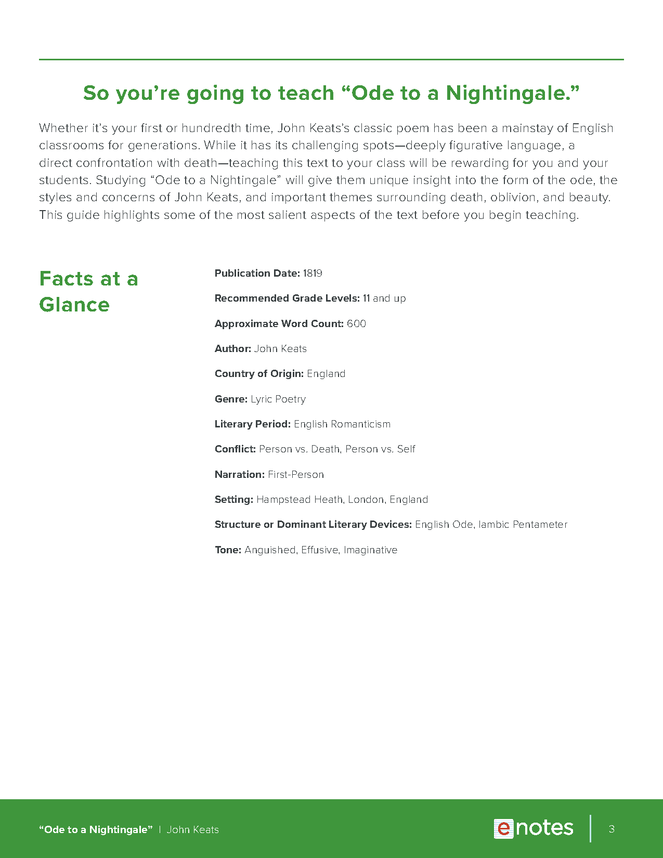

The form, of course, should represent these solemn thoughts by an appropriate form. Only then a generic concept of the ode has been "invented", and from this time on odes have been used to express solemn thoughts. The term "ode" did not, however, have a precise meaning until the Renaissance. As such odes belonged to the repertoire of Greek tragedies where they served as counterparts to the spoken scenes. This common "property" is referred to by the technical term "ode", which originally was to denote a song.

When reading the titles of the two "poems" one immediately recognizes that they have got something in common.


 0 kommentar(er)
0 kommentar(er)
